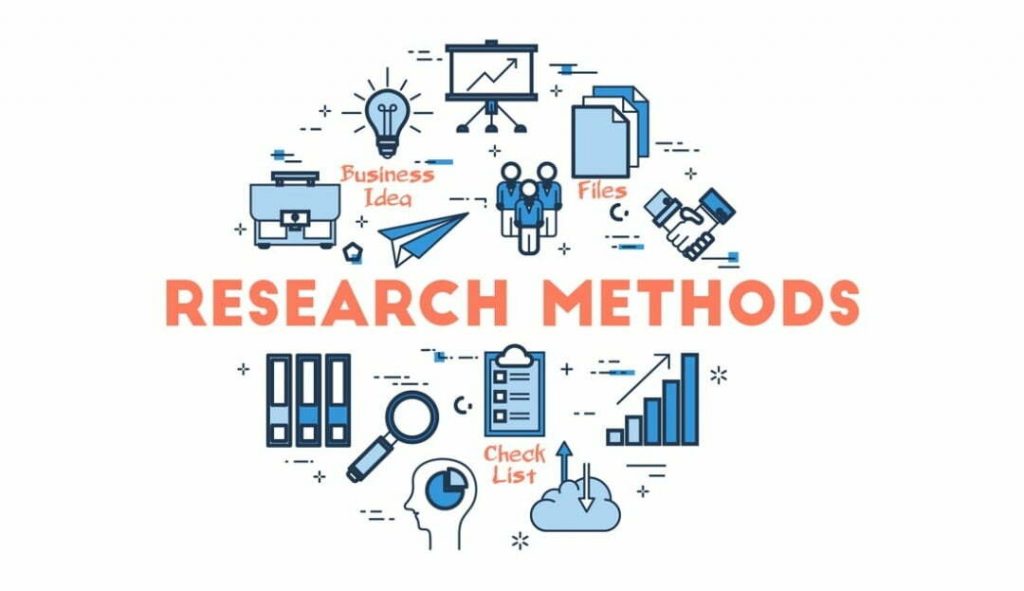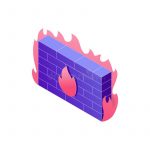What does it mean by Research?
It is “creative and systematic work undertaken to increase the stock of knowledge”.It involves the collection, organization, and analysis of information to increase understanding of a topic or issue.

Forms Of Research
1. Original
Original, also called primary research, is not exclusively based on a summary, review, or synthesis of earlier publications on the subject. This material is of a primary source character. Original it can be in various forms, depending on the discipline it pertains to. Experimental work, typically involves direct or indirect observation of the researched subject(s), e.g., in the laboratory or in the field, documents the methodology, results, and conclusions of an experiment or set of experiments, or offers a novel interpretation of previous results.

2. Scientific
Scientific research is a systematic way of gathering data and harnessing curiosity. It provides scientific information and theories for the explanation of the nature and the properties of the world
3. Research In the Humanities
Research in the humanities involves different methods such as example hermeneutics and semiotics. Humanities scholars usually do not search for the ultimate correct answer to a question, but instead, explore the issues and details that surround it. Context is always important, and context can be social, historical, political, cultural, or ethnic. An example of research in the humanities is historical, which is embodied in the historical method. Historians use primary sources and other evidence to systematically investigate a topic, and then write histories in the form of accounts of the past.

4. Artistic
Artistic research,- also seen as ‘practice-based research, can take form when creative works are considered both the research and the object of research itself. It is the debatable body of thought which offers an alternative to purely scientific methods in its search for knowledge and truth. The controversial trend of artistic teaching becoming more academics-oriented is leading to artistic being accepted as the primary mode of inquiry in art as in the case of other disciplines
5. Historic

It comprises the techniques and guidelines by which historians use historical sources and other evidence and then write history. There are various history guidelines that are commonly used by historians in their work, under the headings of external criticism, internal criticism, and synthesis. This includes lower criticism and sensual criticism. Though items may vary depending on the subject matter and researcher, the following concepts are part of most formal historical research:
- Identification of origin date
- Evidence of localization
- Recognition of authorship
- Analysis of data
- Identification of integrity
- Attribution of credibility
Structural Process
Though step order may vary depending on the subject matter and researcher, the following steps are usually part of most formal research, both basic and applied:
- Observations and formation of the topic: –Consists of the subject area of one’s interest and follows that subject area to conduct subject-related research. The subject area should not be randomly chosen since it requires reading a vast amount of literature on the topic to determine the gap in the literature the researcher intends to narrow. A keen interest in the chosen subject area is advisable. This will have to be justified by linking its importance to already existing knowledge about the topic.
- Hypothesis:-A testable prediction which designates the relationship between two or more variables.
- Conceptual definition:-Description of a concept by relating it to other concepts.
- Operational definition:-Details in regards to defining the variables and how they will be measured/assessed in the study.
- Gathering of data: -Consists of identifying a population and selecting samples, gathering information from or about these samples by using specific research instruments. The instruments used for data collection must be valid and reliable.
- Analysis of data:- Involves breaking down the individual pieces of data to draw conclusions about them.
- Data Interpretation:-This can be represented through tables, figures, and pictures, and then described in words.
Test, revising of hypothesis
Conclusion, reiteration if necessary
Research MethodsThe goal of the process is to produce new knowledge or deepen understanding of a topic or issue. This process takes three main forms (although, as previously discussed, the boundaries between them may be obscure):
- Exploratory – helps to identify and define a problem or question.
- Constructive– which tests theories and proposes solutions to a problem or question.
- Empirical -which tests the feasibility of a solution using empirical evidence.

Types of Empirical Research
Qualitative
This involves understanding human behavior and the reasons that govern such behavior, by asking a broad question, collecting data in the form of words, images, videos, etc. that is analyzed, and searching for themes. This type aims to investigate a question without attempting to quantifiably measure variables or look at potential relationships between variables. It is viewed as more restrictive in testing hypotheses because it can be expensive and time-consuming and typically limited to a single set of subjects
Quantitative
This involves a systematic empirical investigation of quantitative properties and phenomena and their relationships, by asking a narrow question and collecting numerical data to analyze it utilizing statistical methods. The quantitative research designs are experimental, correlational, and survey (or descriptive). Statistics derived from quantitative research can be used to establish the existence of associative or causal relationships between variables. Quantitative research is linked with the philosophical and theoretical stance of positivism.
Steps In Conducting Research
It is often conducted using the hourglass model structure.[29] The hourglass model starts with a broad spectrum for research, focusing on the required information through the method of the project (like the neck of the hourglass), then expands the research in the form of discussion and results. The major steps in conducting research are:[30]
- #Identification of the problem
- #Literature review
- #Specifying the purpose of it.
- #Determining specific questions
- #Specification of a conceptual framework, sometimes including a set of hypotheses
- #Choice of a methodology (for data collection)
- #Data collection
- #Verifying data
- #Analyzing and interpreting the data
- #Reporting and evaluating it
- #Communicating the findings and, possibly, recommendations

Conclusion
The purpose of research is to enhance society by advancing knowledge through the development of scientific theories, concepts, and ideas. A purpose is met through forming hypotheses, collecting data, analyzing results, forming conclusions, implementing findings into real-life applications, and forming new research questions
It Is the backbone of Any Organization, Company, Startup, etc. They Invest a huge Amount of money in it. It has a very powerful impact on the success of any organization, or country.
Hope All You guys become aware of it And it’s Necessity in our life
Thank You
🙏🙏🙏









